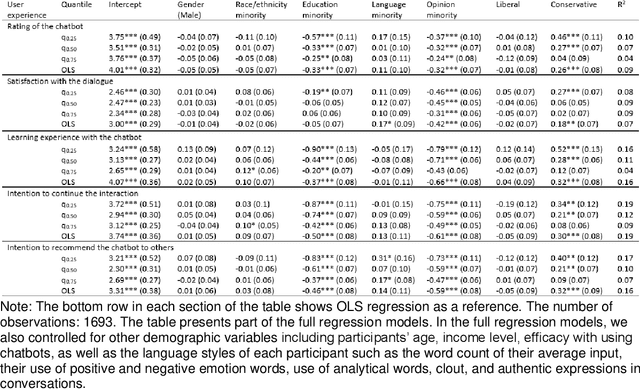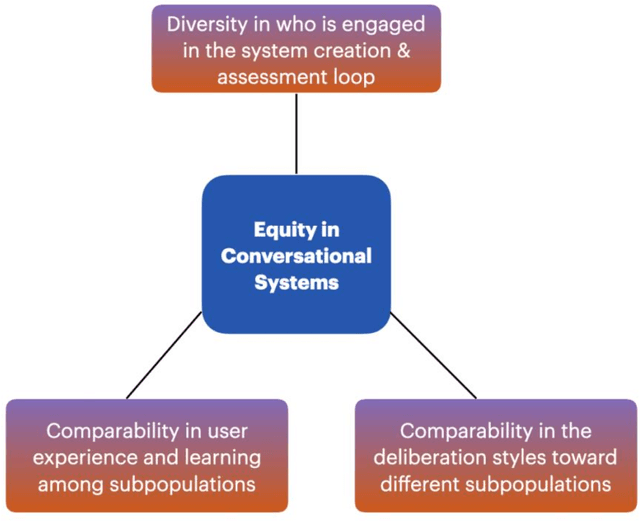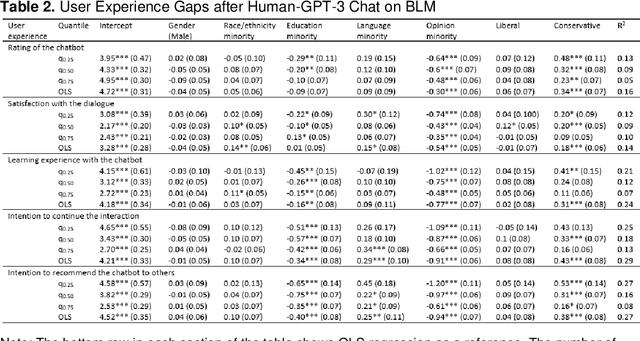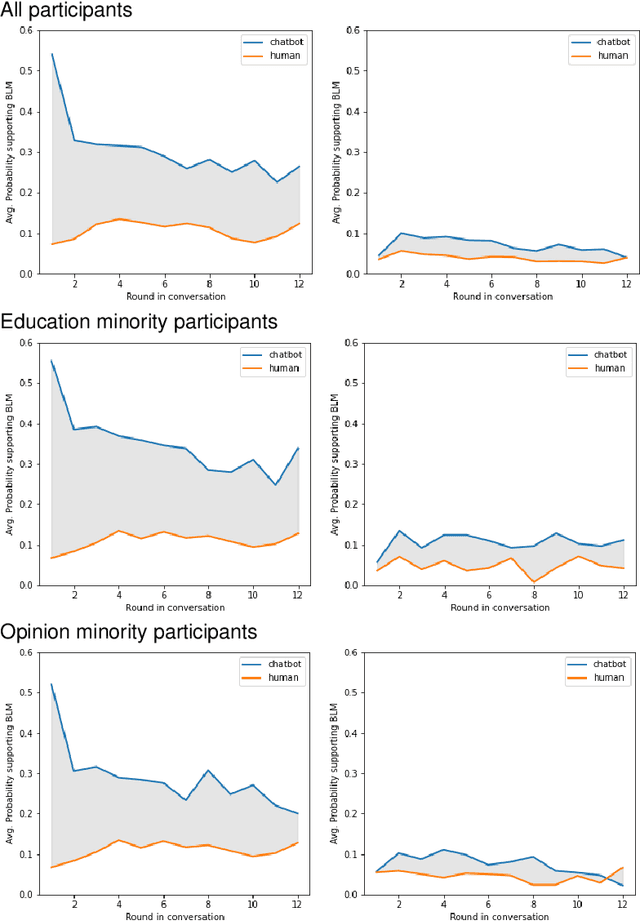Anqi Shao
Constructing Vec-tionaries to Extract Latent Message Features from Texts: A Case Study of Moral Appeals
Dec 10, 2023Abstract:While communication research frequently studies latent message features like moral appeals, their quantification remains a challenge. Conventional human coding struggles with scalability and intercoder reliability. While dictionary-based methods are cost-effective and computationally efficient, they often lack contextual sensitivity and are limited by the vocabularies developed for the original applications. In this paper, we present a novel approach to construct vec-tionary measurement tools that boost validated dictionaries with word embeddings through nonlinear optimization. By harnessing semantic relationships encoded by embeddings, vec-tionaries improve the measurement of latent message features by expanding the applicability of original vocabularies to other contexts. Vec-tionaries can also help extract semantic information from texts, especially those in short format, beyond the original vocabulary of a dictionary. Importantly, a vec-tionary can produce additional metrics to capture the valence and ambivalence of a latent feature beyond its strength in texts. Using moral appeals in COVID-19-related tweets as a case study, we illustrate the steps to construct the moral foundations vec-tionary, showcasing its ability to process posts missed by dictionary methods and to produce measurements better aligned with crowdsourced human assessments. Furthermore, additional metrics from the moral foundations vec-tionary unveiled unique insights that facilitated predicting outcomes such as message retransmission.
A critical appraisal of equity in conversational AI: Evidence from auditing GPT-3's dialogues with different publics on climate change and Black Lives Matter
Sep 27, 2022



Abstract:Autoregressive language models, which use deep learning to produce human-like texts, have become increasingly widespread. Such models are powering popular virtual assistants in areas like smart health, finance, and autonomous driving. While the parameters of these large language models are improving, concerns persist that these models might not work equally for all subgroups in society. Despite growing discussions of AI fairness across disciplines, there lacks systemic metrics to assess what equity means in dialogue systems and how to engage different populations in the assessment loop. Grounded in theories of deliberative democracy and science and technology studies, this paper proposes an analytical framework for unpacking the meaning of equity in human-AI dialogues. Using this framework, we conducted an auditing study to examine how GPT-3 responded to different sub-populations on crucial science and social topics: climate change and the Black Lives Matter (BLM) movement. Our corpus consists of over 20,000 rounds of dialogues between GPT-3 and 3290 individuals who vary in gender, race and ethnicity, education level, English as a first language, and opinions toward the issues. We found a substantively worse user experience with GPT-3 among the opinion and the education minority subpopulations; however, these two groups achieved the largest knowledge gain, changing attitudes toward supporting BLM and climate change efforts after the chat. We traced these user experience divides to conversational differences and found that GPT-3 used more negative expressions when it responded to the education and opinion minority groups, compared to its responses to the majority groups. We discuss the implications of our findings for a deliberative conversational AI system that centralizes diversity, equity, and inclusion.
 Add to Chrome
Add to Chrome Add to Firefox
Add to Firefox Add to Edge
Add to Edge